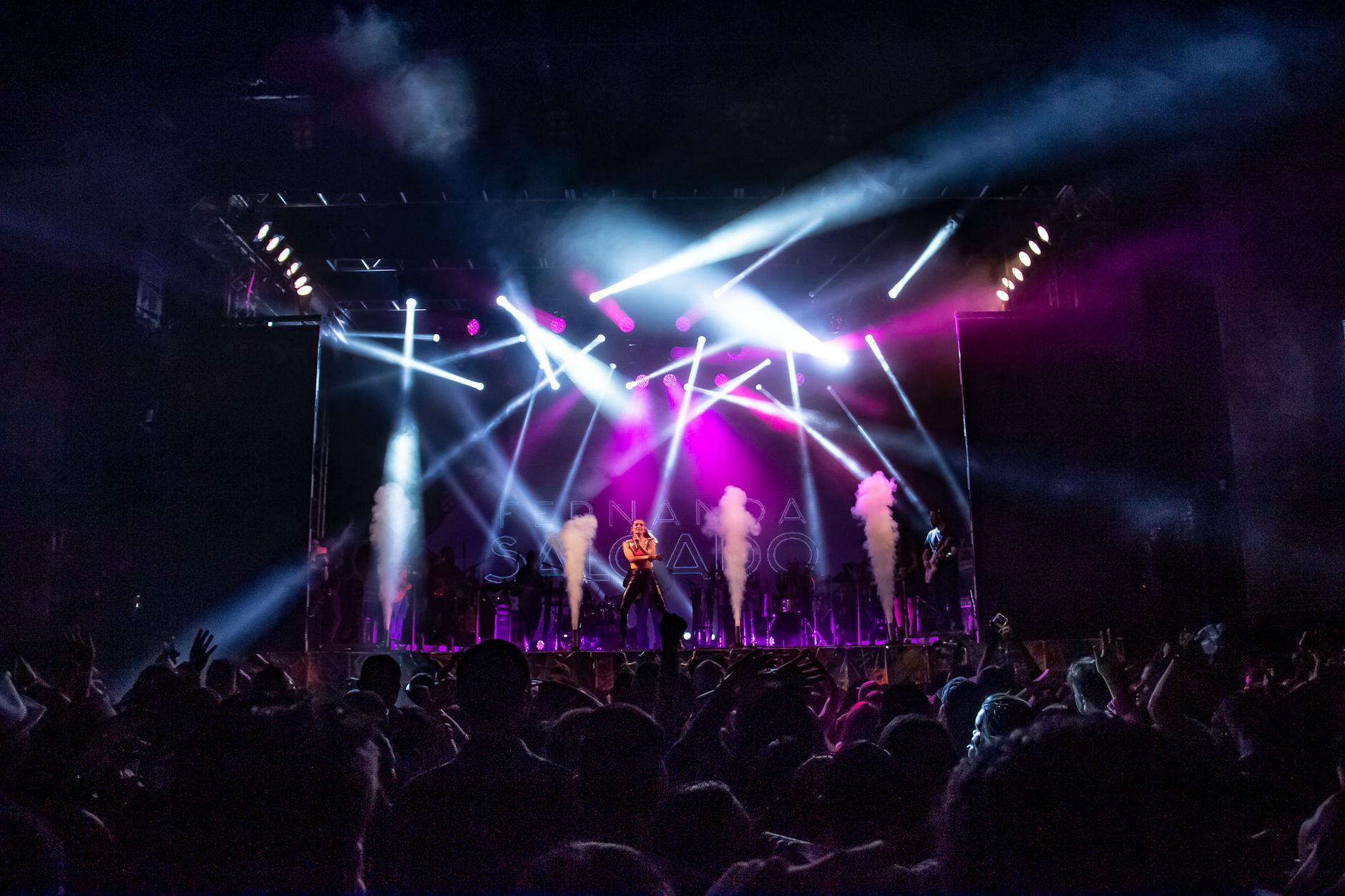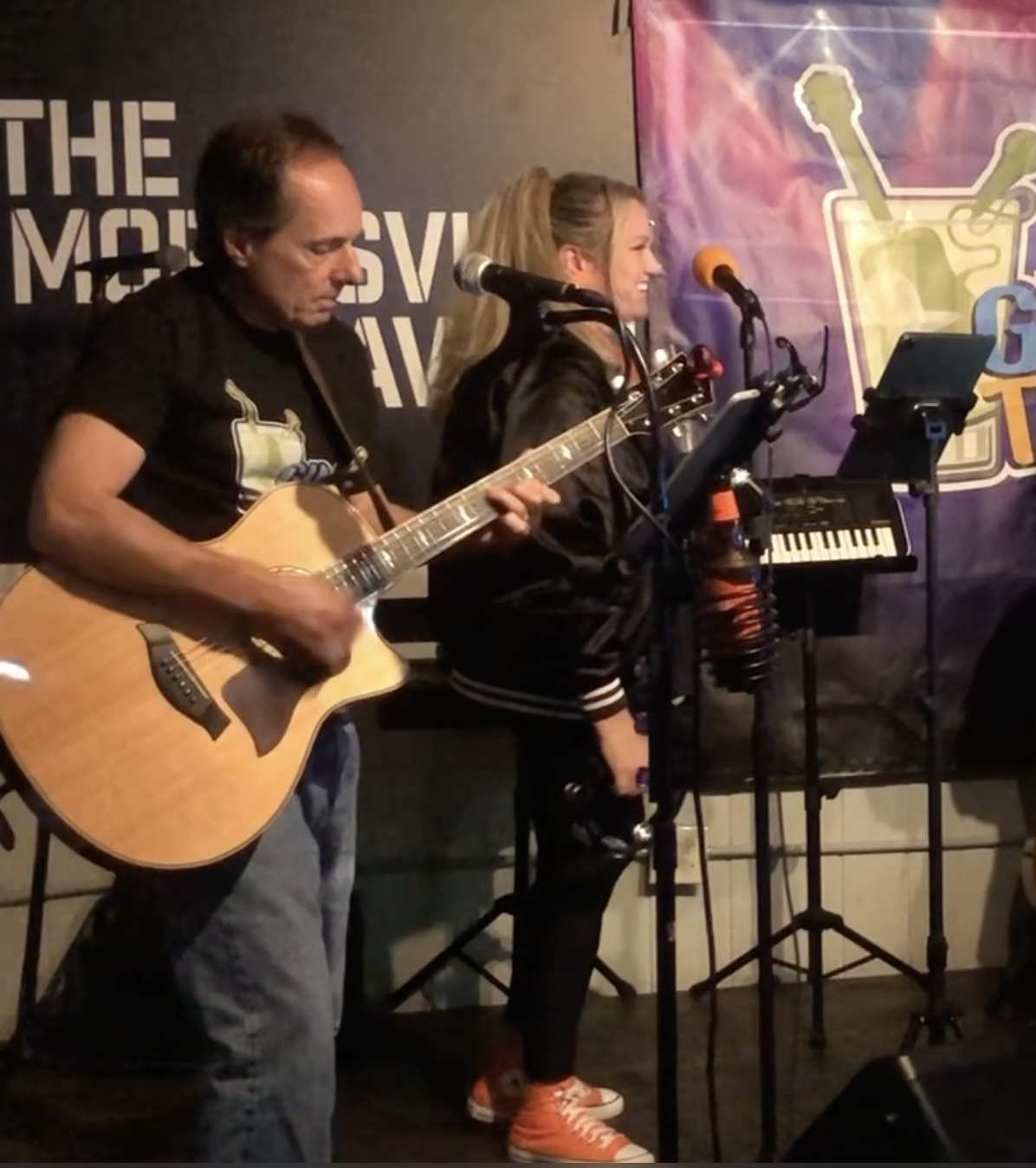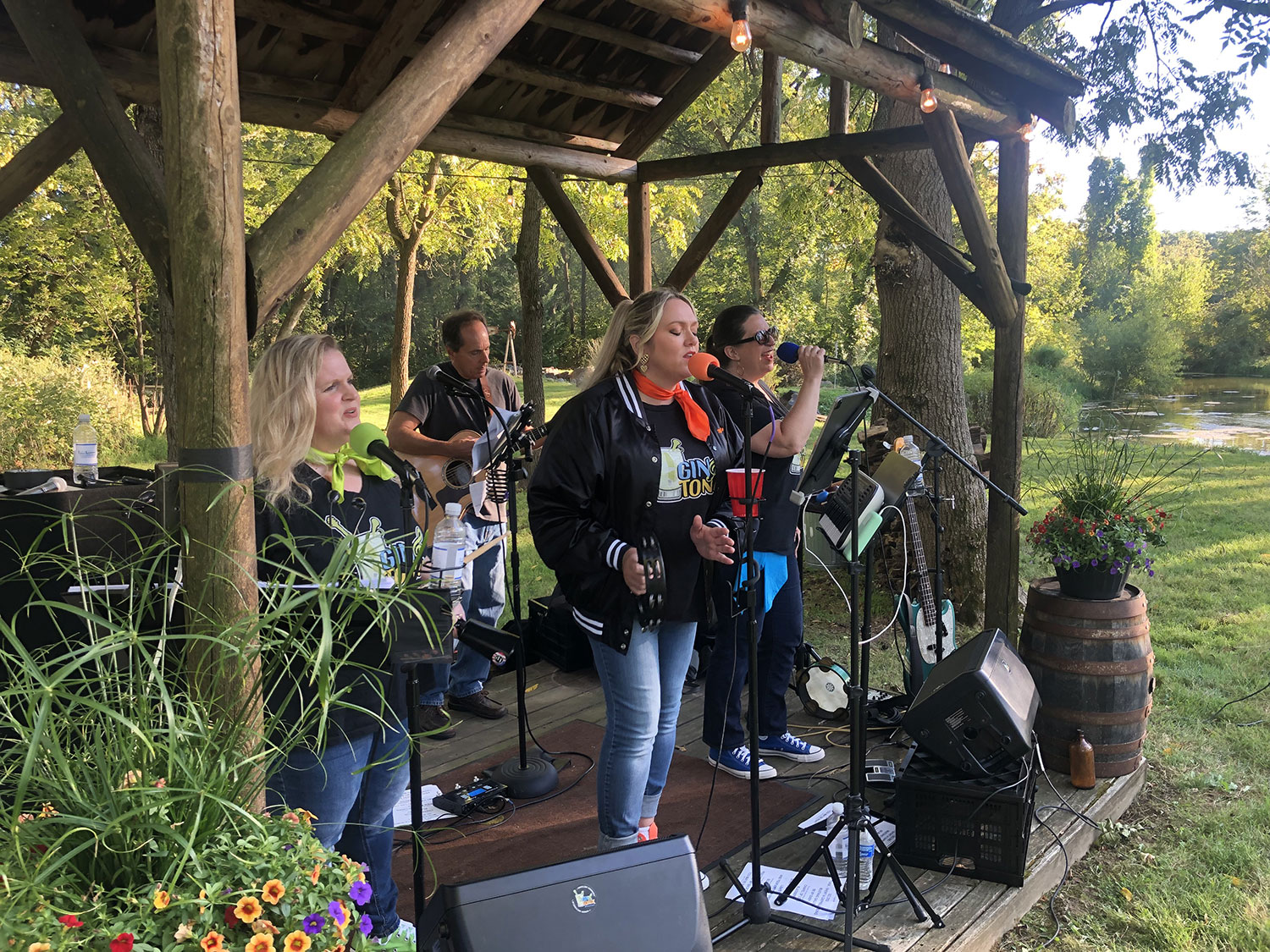There’s something about live music that recordings just can’t capture. It’s not just the sound—it’s the energy, the shared connection, the feel of the moment. Research even shows that live performances spark unique responses in the brain, elevating emotions and creating memories that recordings can’t replicate. Live music isn’t just heard, it’s experienced, and that makes all the difference.
The Emotional Connection of Live Music
Live music isn’t just about the sound; it’s a visceral experience that ignites emotions in ways recordings cannot. There’s a pulse that runs through the crowd, a shared moment of presence that leaves a lasting mark. The connection goes beyond entertainment—it becomes a communal and deeply personal memory. Let’s dive deeper into what amplifies this emotional tether.
Collective Experience
There’s something magical about standing in a crowd as the music fills the air. Whether it’s a roaring stadium, a dimly lit club, or a cozy park concert, the shared energy is palpable. People sway together, cheer together, and even experience quiet moments of reflection in unison. This collective experience fosters a sense of community that transcends words.
- You feel connected to strangers, as though your hearts beat in sync with the rhythm.
- The shared moments, like singing along to a favorite chorus, create bonds that linger long after the last song ends.
- It’s not just enjoyment—it’s unity. Even for a few hours, you feel part of something bigger.
When people gather for live performances, they’re not passive listeners; they’re participants in a shared emotional journey. Live music creates an unspoken connection that recordings can never replicate.
Spontaneity and Improvisation
Live music is unpredictable—this is part of the thrill. A recorded track is static, perfect, and endlessly replayable. But live performances? They’re alive. Each one is unique, offering moments you simply had to be there to witness.
- Maybe the guitarist sneaks in a surprise riff that wasn’t on the album.
- Maybe the singer changes the lyrics in the heat of the moment.
- Sometimes, the best parts are the mistakes, where the artist laughs and the crowd laughs with them.
These moments of spontaneity make every concert a one-of-a-kind event. Musicians often feed off the audience’s energy, adjusting their performance in real-time. It’s a loop of mutual inspiration: the crowd responds, the artist adapts, and the magic continues.

This element of surprise creates moments that stick with you forever. It’s why no two concerts are ever the same and why live music feels like it’s made just for you, right there in the moment.
Physiological Responses to Live Music
Live music doesn’t just move your soul; it also moves your body in ways that recordings can’t. Beyond the immediate enjoyment, the experience triggers measurable physiological changes that contribute to why it feels so unique. Here’s a look at how live performances affect your body.
Neurochemical Effects
Live music activates the brain in remarkable ways, coaxing it to release a cocktail of feel-good chemicals. When you’re swaying to a beloved song under the glow of stage lights, your brain is hard at work. Studies show that live performances often induce the release of endorphins, the body’s natural painkillers, and dopamine, the chemical tied to pleasure and reward. These neurochemicals create that euphoric, “on-top-of-the-world” feeling many concertgoers describe.
Even the act of singing along or clapping in unison with a crowd increases oxytocin levels, often labeled as the “bonding hormone.” This deepens your sense of connection—not just to the music, but to the people around you. Think of it as your brain’s way of saying, “Keep enjoying this shared experience.”
What’s more, the unpredictable, spontaneous nature of live performances can jolt the amygdala—your brain’s emotional processing center—into overdrive. This amplifies the vividness of emotions, whether it’s goosebumps when the band drops into an acoustic set or pure joy during an encore.
 Photo by Ronê Ferreira
Photo by Ronê Ferreira
Heart Rate and Physicality
Live music doesn’t just affect your brain—it gets your heart racing too. It’s not just the excitement; it’s physiology at play. Research points out that attending a concert often escalates heart rates in sync with the tempo and energy of the performance. A bass drop can feel like an adrenaline rush, while a soft ballad might calm your pulse.
The physicality of the environment plays a part too. When the crowd jumps, dances, or simply moves to the rhythm, it creates an infectious energy. Your body mirrors these vibes through increased respiration and heightened blood circulation. You’re not just watching live music; you’re physically part of it.
At a cellular level, this heightened activity even boosts oxygen flow and releases stress-reducing hormones like cortisol. It’s no wonder many concertgoers report feeling “alive” or “invigorated” after a show.
This combination of neurochemical and physical reactions helps explain why live music stays with us long after the last note fades. It’s not just a concert—it’s a full-body experience designed to make you feel vibrant and connected.
The Role of Environment in Live Music
Attending a live music event is about more than just hearing songs—it’s about immersion. The environment of a live performance transforms the experience, blending sound, sight, and emotion into a singular moment that recordings can’t duplicate. The physical setting, stage design, and raw energy all work together to make live music unforgettable.
Acoustic Differences
The acoustics of live music play a huge role in why it feels so powerful. Unlike the controlled perfection of recordings, live acoustics are unpredictable and dynamic. Every venue, from massive arenas to intimate clubs, has its distinct character that shapes the sound.
- Natural reverb: The sound reflects off walls, ceilings, and people, creating a fuller, richer experience.
- Unfiltered energy: Instruments and vocals come at you raw, without the polishing or compression of studio production.
- Unique variables: Factors like temperature, humidity, and audience noise can subtly (or dramatically) change how music sounds live.
Have you ever noticed how the bass seems to hit harder at a concert? That’s the room shaking with the music. Live music doesn’t just involve hearing—it resonates in your chest and beneath your feet. It’s like feeling the heartbeat of the music itself, something headphones simply can’t replicate.
Visual and Emotional Stimulation
Live music stimulates more than just your ears. It’s a multi-sensory experience that pulls you in through dazzling visuals and raw emotions. The stage setup, lighting effects, and artist’s physical presence create a visual spectacle that enhances the mood of the performance.
- Lighting and visual effects: From synchronized strobes to vibrant color washes, lighting turns songs into unforgettable visual moments.
- Artist’s stage presence: Every move, whether it’s a guitar solo played with eyes closed or a heartfelt banter with the audience, adds intimacy to the performance.
- Crowd energy: Seeing others cheer, dance, or even cry connects you to the shared emotional power of the event.
Picture a band illuminated by a cascade of vibrant lights, the vocalist leaning into the crowd as fans scream lyrics back. The visuals amplify the music’s emotion, turning it into something larger than life. It’s not just hearing a song; it’s watching a story unfold in real-time.
 Photo by Nandhu Kumar
Photo by Nandhu Kumar
The combination of acoustic nuances and visual storytelling makes live music a full-body experience. It’s why, no matter how good a recording sounds, it can never fully recreate the magic of witnessing a performance live.



